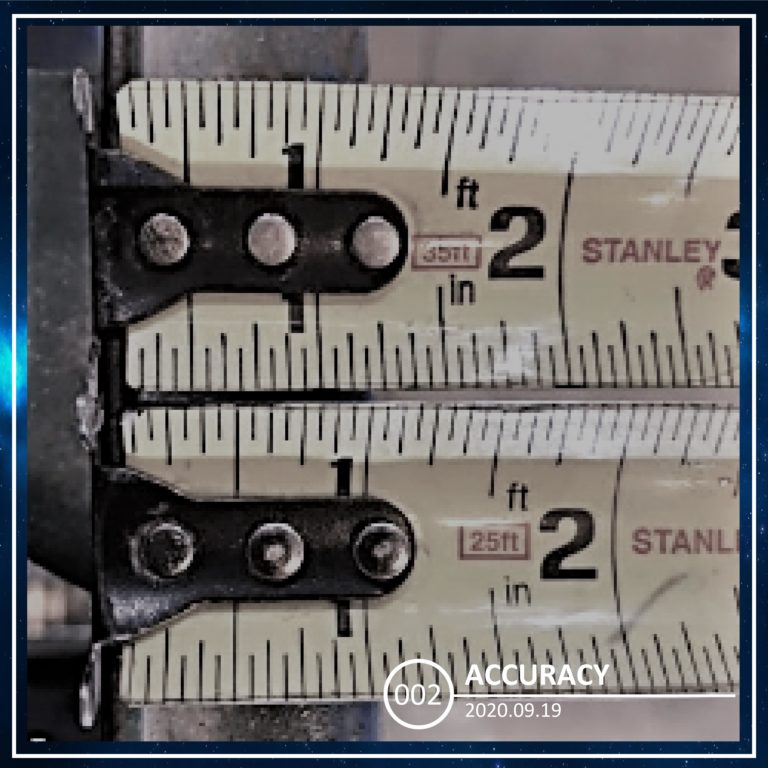Accuracy
Father Jesús Orbegozo, S.J., is now the Rector of the Jesuit school I attended in Caracas. But back in the early 70s, he was my Physics professor.
In those days, hand-held calculators were a new thing (we were taught to use slide rulers) but my father had one. We had to write a lab report on some experiment, and I borrowed my dad’s calculator. I forget what the experiment was (and indeed most of what I learned in 3 years of High School Physics), but I remember his reaction when he read my report, with results so “accurate” they had six or eight decimal points.
It was like a scene from a Looney Tunes cartoon: his face reddened, smoke came out of his ears and lightning bolts from his eyes, as he yelled: “ARE YOU NUTS???? DO YOU THINK THIS IS NASA???? YOU ARE PROCESSING RESULTS FROM A HIGH SCHOOL LAB, WHERE WE DON’T EVEN USE DISTILLED WATER, AND YOU THINK YOU CAN BE ACCURATE TO THE MILLIONTH OF A GRAM???”
I suppose I failed that particular report, but that may have been the most important thing he taught me.
In the old days, when I drew architectural plans in my native Venezuela, walls were either .10m or .20m thick (10cm or 20cm,) even though the blocks were probably made with an “American” machine, so they were most likely 3 ⅝” or 7 ⅝” (technically, 9.2075cm or 19.3675cm.) And don’t get me started on millimeters!!!
When I started working as an architect here in NY, we dimensioned 4” and 8” walls, and that was close enough.
These days, CADD and BIM software is so “good”, that drawings are often dimensioned to the 16th of an inch, as if the carpenter even COULD be that accurate. It would probably give Father Orbegozo a heart attack.


I enjoyed every word and look forward to more!
Great story!